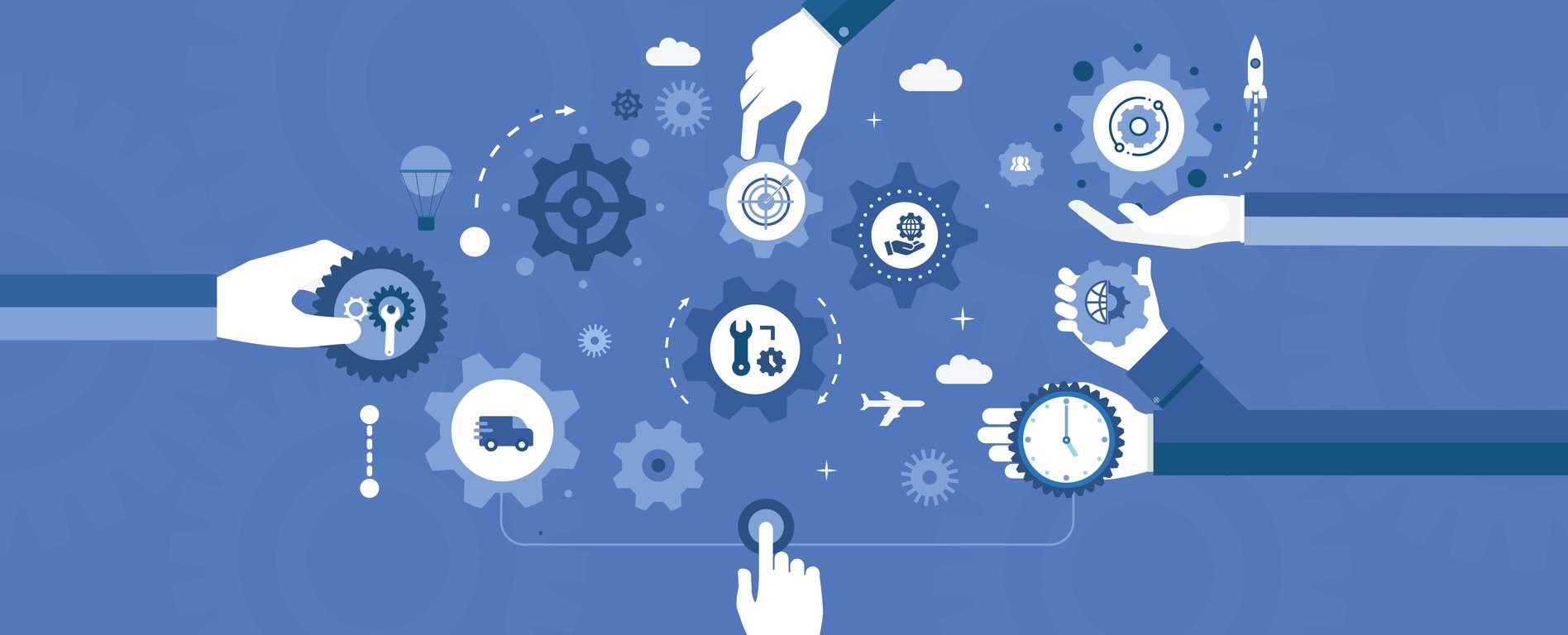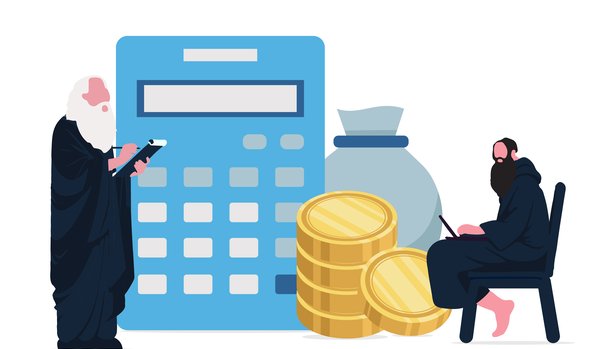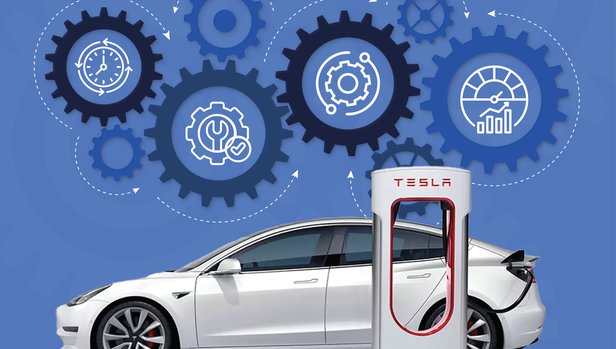Introduction: The Trend of Servitization
The landscape of traditional product manufacturing is undergoing a significant transformation, influenced by several key factors:
-
Increasing Commoditization: Globalization and technological advancements have intensified competition, leading to a race to the bottom in pricing. This has made it difficult for companies to differentiate their products based solely on features, pushing them to seek alternative value propositions.
Example: The automotive industry, once dominated by product differentiation (e.g., car models, engine types), is now increasingly turning to subscription models for features like in-car entertainment, driving assistance systems, and software updates to maintain revenue streams.
-
Technology as a Differentiator: Software and technological advancements are becoming critical in setting products apart. Companies can now integrate digital features into physical products, providing users with an experience rather than just a tangible item.
Example: Companies like Tesla leverage over-the-air software updates, ensuring that their cars continually improve post-purchase, creating an ongoing relationship with customers that extends beyond the initial sale.
-
Operational Complexity: As businesses scale and technology progresses, organizations face increasing complexity in operations, purchase ticket sizes, and automation. For instance, large-scale manufacturers now face challenges in managing production, equipment uptime, and customer demands efficiently.
In response to these challenges, servitization emerges as a powerful strategy. This concept refers to the shift from a singular focus on selling physical products to a continuous delivery of services. By offering a service-based model, manufacturers can manage risk more effectively, reduce capital expenditure for customers, and foster a more enduring relationship with them. General Electric (GE) is a prime example of successful servitization. GE Aviation rents out aircraft engines under its "Power by the Hour" program. This strategy allows airlines to lease engines and pay based on usage hours, significantly reducing capital, operational, and maintenance costs, as well as the need for specialized expertise. This model aligns incentives between GE and its customers, as GE's revenue is tied to the performance and uptime of their engines, ensuring high levels of service and reliability.
The Advantages of Servitization
Servitization not only streamlines operations but also enables companies to move from cyclical sales cycles to recurring revenue models. The benefits for customers are substantial, including reduced capital expenditures and simplified operational processes, leading to more predictable costs and increased reliability. According to a study published in the International Journal of Production Economics (2018), companies transitioning to service models, like Rolls-Royce and Caterpillar, have seen service revenue make up 50% or more of their total revenue, with some services generating 20% higher margins compared to physical products alone. This shift demonstrates the significant financial advantages of adopting a service-oriented business model.
A report by McKinsey & Company highlights those businesses focusing on servitization models, such as selling services alongside or instead of physical products, can see up to a 40% increase in profitability due to more predictable, recurring revenue streams and higher margins.
Similarly, Frost & Sullivan noted that companies embracing servitization in sectors like aerospace, automotive, and manufacturing have achieved up to 40% higher profit margins from service-based offerings compared to product-only revenue streams. The report underscores the financial advantage of servitization in industries with complex products that require ongoing maintenance or support. By providing continuous services, these companies can ensure higher customer satisfaction and loyalty, leading to long-term profitability.
Where Products Are Best Suited for Servitization?
While servitization offers numerous advantages, it is not a one-size-fits-all solution. It is most effective under the following conditions:
-
High Product Complexity: When products require specialized knowledge or support. For example, medical equipment or industrial machinery often comes with high maintenance needs and expertise.
Example: GE Healthcare provides diagnostic equipment like MRI machines through a service contract that includes not only the machine but ongoing support, maintenance, and software updates. This approach ensures that healthcare providers can focus on patient care while GE takes care of the technical aspects.
-
Risky Environments: Industries with significant safety, economic, or operational risks benefit from service-based approaches. These industries prioritize safety and uptime over ownership of assets.
Example: The offshore oil and gas industry often uses servitization models for equipment leasing and maintenance, reducing the risks associated with equipment breakdowns and ensuring continuous operations. This model helps companies minimize downtime and maintain safety standards.
-
Large Capital Expenditures: When purchasing or maintaining equipment demands substantial investment, servitization allows for lower initial costs and predictable ongoing expenses.
Example: Companies that lease printing equipment (e.g., Xerox’s managed print services) allow businesses to avoid high initial capital expenditures while ensuring they have the latest technology and services for their printing needs. This model provides companies with the flexibility to upgrade their equipment as technology advances.
-
High Asset Depreciation: Industries where assets quickly lose value can benefit from flexible service options, reducing the need for frequent large investments in new assets.
Example: In the construction equipment industry, companies like Caterpillar offer leasing or rental agreements, ensuring clients don't bear the full burden of owning heavy machinery that depreciates quickly. This approach helps construction companies manage their cash flow more effectively and reduces financial risk.
Types of Servitization and Payment Models
The effectiveness of servitization hinges on the payment models implemented. Here are some prevalent models:
-
On-Demand/Pay-Per-Use Pricing: Charges are based on actual usage, ideal for services like cloud computing or machinery rental. This model allows for cost scalability.
Example: Cloud service providers like Amazon Web Services (AWS) or Microsoft Azure charge customers based on their usage, allowing businesses to pay only for the storage and processing they use, without long-term commitments. This flexibility makes it easier for businesses to manage their IT budgets.
-
Subscription Pricing: B2B companies can offer services on a recurring basis, ensuring predictable revenue streams—a common practice in SaaS (Software as a Service). IDC forecasts that by 2025, 90% of new enterprise applications will be subscription-based, highlighting the widespread adoption of this model.
Example: Salesforce offers CRM software through subscription pricing, providing clients with constant updates and support as part of the service, rather than selling the software as a one-time product. This model helps businesses stay up-to-date with the latest features and improvements.
-
Performance-Based Outcomes: Payments are contingent on achieving agreed-upon performance metrics, fostering accountability.
Example: Companies like Philips use outcome-based pricing for healthcare services, where payment is linked to the actual improvement in patient outcomes or operational efficiency. This model ensures that both parties are committed to achieving the best possible results.
-
Outcome-Based Pricing: Payment is linked to specific business outcomes, incentivizing providers to deliver tangible results.
Example: Siemens’ "Performance Guarantee" model ties payments to achieving measurable energy efficiency improvements in buildings, ensuring that both parties are aligned on performance goals. This approach helps clients achieve their sustainability targets while providing Siemens with a steady revenue stream.
-
Tiered Pricing: Different service levels or packages are offered at various price points, catering to diverse business needs.
Example: Software companies, like Adobe Creative Cloud, offer different pricing tiers for individuals, teams, or enterprises, catering to a wide range of users with varying needs. This model allows customers to choose the level of service that best suits their requirements.
-
Bundled Services: Related services are packaged together at discounted rates, encouraging comprehensive adoption.
Example: Telecom companies like AT&T or Verizon bundle phone, internet, and TV services to offer customers a comprehensive and discounted package. This approach provides customers with convenience and cost savings.
-
Long-Term Contracts: Fixed pricing agreements over extended periods provide stability for both providers and clients, often seen in maintenance agreements.
Example: IBM offers long-term service contracts for IT infrastructure management, allowing businesses to lock in fixed pricing for a set period, often with the benefit of ongoing service and updates. This model helps businesses plan their budgets and ensures continuous support.
-
Revenue Sharing: Payments can be tied to revenue generated from the service, promoting a partnership model where both parties benefit.
Example: Spotify’s freemium model allows users to access a free service while monetizing premium accounts. Revenue sharing with artists is a significant part of the platform's model, ensuring that creators are fairly compensated.
-
Initial Fee with Ongoing Support Charges: A one-time setup fee is charged, followed by regular maintenance and support fees—common in equipment leasing or IT services.
Example: Dell offers hardware with an initial setup fee, followed by a monthly or annual charge for ongoing technical support and software updates. This model provides customers with peace of mind, knowing that their equipment will be maintained and supported over its lifecycle.
Looking Ahead: The Role of Value-Based Pricing in Servitization
In the evolving landscape of servitization, pricing strategies are deeply linked to customer perceptions of value, making value-based pricing essential. This approach aligns pricing with the value customers derive from services, ensuring prices reflect the tangible benefits they receive.
In our upcoming series of articles, we’ll delve into the nuances of value-based pricing. We’ll explore various pricing strategies, their implementation across different industries, and how they can drive profitability and enhance customer satisfaction.
Stay tuned for more insights on pricing and servitization strategies. For further information, feel free to reach out to us at info@7sagespricing.com.
Sources:
International Journal of Production Economics, Servitization in Manufacturing, 2018
McKinsey & Company, The Service Revolution: Why servitization is a smart strategy for manufacturers, 2020
Frost & Sullivan, The Economic Value of Servitization, 2020




